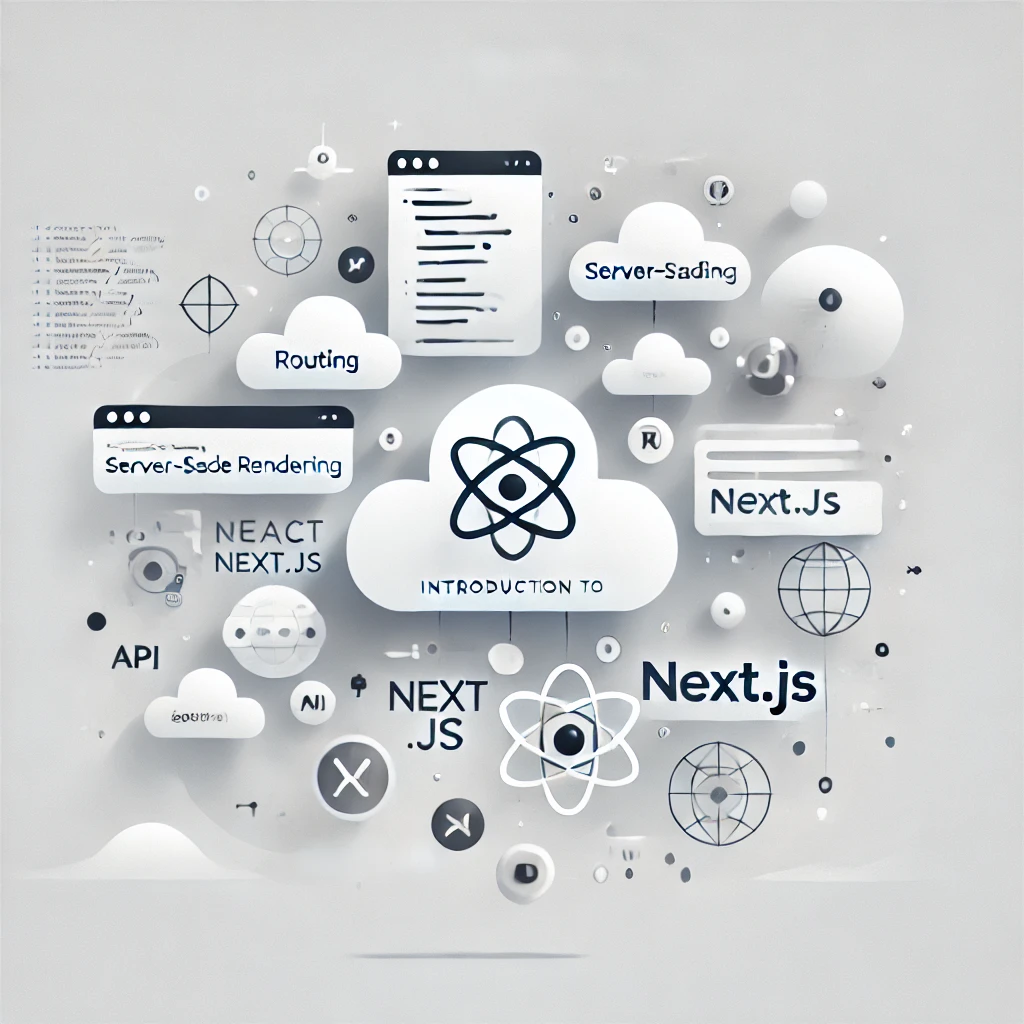
Next.js - The Modern PHP for Web Development
Hafiz Syed Usama Bin Qamar / August 5, 2024
In the early 2000s, PHP revolutionized web development by making it easy to create dynamic websites. Today, Next.js is filling that same role but with modern architecture, better performance, and improved developer experience. Let's explore why Next.js has become the "modern PHP" for today's web.
The PHP Revolution
PHP's meteoric rise was due to key factors that made it accessible:
- Low barrier to entry: Simple syntax and quick setup
- Server-side rendering: Dynamic HTML generation
- Direct database access: Easy data retrieval and storage
- Shared hosting compatibility: Deploy anywhere with FTP
- Rich ecosystem: WordPress, Drupal, and thousands of packages
These features democratized web development, bringing dynamic capabilities to a wider audience of developers.
Next.js: The New Standard
Next.js has emerged as today's equivalent by offering similar benefits but with modern architecture:
- Low barrier to entry: JavaScript-based with intuitive APIs
- Server-side rendering: Built-in SSR with hydration
- Server Components: DB access without exposing credentials
- Vercel deployment: One-click deployments (like PHP's FTP)
- Vibrant ecosystem: Rich component libraries and tools
The Parallel Evolution
| PHP Feature | Next.js Equivalent |
| --------------------------------- | ------------------------------------------ |
| <?php include('header.php'); ?> | import Header from '@/components/Header' |
| Database queries in templates | Server Components with direct DB access |
| .htaccess routing | File-based routing system |
| Shared hosting | Vercel, Netlify, or any Node.js host |
| Composer packages | npm modules |
| WordPress themes | Next.js themes and templates |
Why Next.js Succeeds Where PHP Did
Next.js captures PHP's original appeal while solving its limitations:
- Performance: Optimized builds vs PHP's runtime interpretation
- Security: Improved isolation between front and back end
- Type Safety: TypeScript integration vs PHP's dynamic typing
- Modern Stack: React, ES6+, and modern JavaScript patterns
- Development Experience: Hot reloading, better debugging tools
Real-World Success Stories
Companies transitioning from PHP to Next.js have seen compelling results:
- WordPress Alternative: Many blogs/content sites have moved from WordPress (PHP) to Next.js + headless CMS
- E-commerce: Shopify themes moving from PHP to Next.js for storefront implementations
- Application Frameworks: Laravel developers finding similar productivity in Next.js
Getting Started: From PHP to Next.js
If you're a PHP developer looking to transition:
- Understand React basics: The component model is your foundation
- Learn JavaScript/TypeScript: Your PHP knowledge will transfer conceptually
- Explore file-based routing: Similar to how PHP files in directories work
- Use API Routes: For backend logic similar to PHP scripts
- Embrace Server Components: Write database logic directly like in PHP
Conclusion
Next.js has become the spiritual successor to PHP for modern web development. It provides the same accessibility and rapid development that made PHP revolutionary, but with the performance, security, and developer experience expected in today's web landscape.
Whether you're a former PHP developer or just starting in web development, Next.js offers the fastest path to building robust, modern web applications with a familiar mental model.